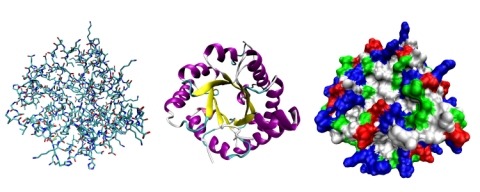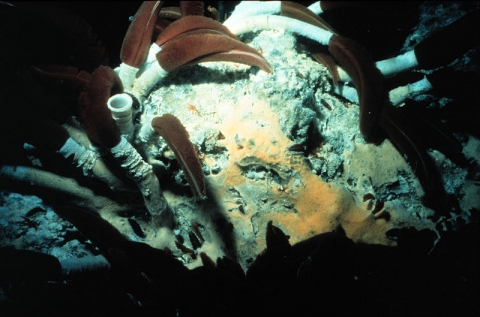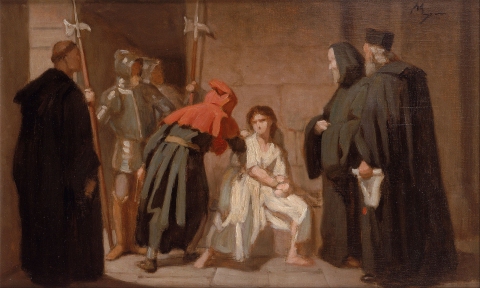
I ran across a story on biomimicry a few days ago. Although it discusses things that happened a while ago, I thought it was a great example of how copying designs found in nature can improve the designs produced by modern science and technology. The story involves Eiji Nakatsu, a Japanese engineer who worked on the high-speed “bullet” trains in Japan. These trains travel at speeds approaching 200 miles per hour, and not surprisingly, there are a lot of design challenges involved in such systems.
In particular, there were three design issues that plagued the trains. First, the train would produce a very loud noise when entering a tunnel, because it would be “smashing” into a column of confined air. While this slowed down the train a bit, the big problem was the noise that it produced. The loud bang would disturb not only wildlife but also nearby residents. In order to comply with Japanese noise pollution regulations, something needed to be done.
According to the article, Nakatsu met this challenge by redesigning the front of the train. As a bird-watcher, he had observed Kingfisher birds diving into water without producing much of a splash. He realized that this was similar to what the trains had to do when entering a tunnel, so he designed the front of the train to be more like the head and beak of a kingfisher. It worked. The train could enter tunnels at full speed without producing a loud noise.
Continue reading “How Do You Design the Best Train? Copy the Designs of the Ultimate Engineer.”











